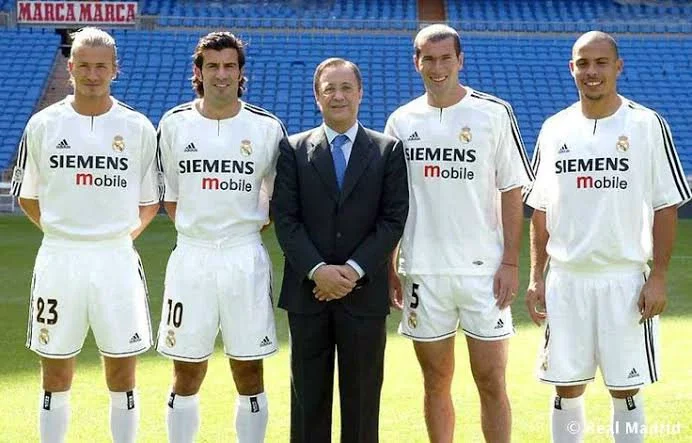
The term "Galacticos" is often associated with Real Madrid's star studded line up from 2002 to 2005. During that time, Real had virtually half of the world's top 10 players in their team, from the likes of Zidane, Beckham, Figo, Ronaldo De Lima e.t.c, the list was endless!
Getting all these stars to play in same team was masterstroke, orchestrated by no other than the legend himself, Florentino Perez.
Want to learn how he did it? Continue reading
To establish Real Madrid's place in the modern era of football, two things were necessary:
1. Marketing the club's brand among fans and
2. Marketing it among players.
This prompted Florentino Pérez to launch "Galácticos 1". By bringing the world's top stars to Real Madrid, the club's matches became the focus of global attention.
The first Galácticos project was not primarily athletic but economic.
At the time, Real Madrid was criticized for injecting massive sums into the market, but if you compare the prices of that generation of players with what clubs spend today, you'll find that the first Galácticos project was reasonably priced.
The real impact was in the enormous revenues generated.
Conversely, major competing clubs like AC Milan, Manchester United, Inter Milan, and Barcelona were achieving remarkable athletic success and competing for domestic and European titles.
Thus, Real Madrid was known for not achieving much from the Galácticos project, seen as a sporting failure due to the club's inability to win many titles despite the enormous number of stars present.
However, the idea in the minds of the rising generation of players was growing about the club where their favorite players played.
"The idea that today you hear any excellent player say that their idol is a certain player, that player most likely played for Real Madrid."
Moreover, fans never stopped watching Real Madrid's matches even if they sometimes seemed futile.
It turned into something like a festival or exhibition matches with profit goals.
Who would miss watching Beckham, Zidane, Ronaldo, Figo, Roberto Carlos, and Raúl González all in one team, even if they were playing for a bottle of juice?
Imagine a club allowing you to watch Ronaldo and Messi play together in one team. Would you care about the titles they won at that moment?
Thus, Real Madrid achieved its goal with the first Galácticos: promoting the club among fans and the emerging generation of players, especially after Pérez's management realized that the old era of football was nearing its end.
Football after the 2006 World Cup in Germany was never the same as before.
In 2009, Florentino Pérez launched the second Galácticos, this time with profit and footballing purposes.
Exploiting the peak period of rivals Barcelona, Pérez succeeded in marketing his club as a fierce competitor to Barça, even though Barcelona was far better football-wise at the time.
However, Pérez's management was more patient with their project this time.
By bringing in a Nuts Portuguese coach who laid the foundations for this generation of players, we saw Cristiano Ronaldo transform into a lethal striker, heard about Real Madrid signing a Croatian lad named Luka Modrić, and brought in a handsome young German named Toni Kroos.
We witnessed the dramatic change in Sergio Ramos' personality from a player obsessed with his long blond hair to a warrior in the defensive line with Brad Pitt's haircut in the movie Fury.
Real Madrid managed to secure their fourteenth title, and you all know what happened after that.
The lesson from all of this is that a football project requires patience, not immediate results.
You might win a title this year or the next, but what guarantees that you'll remain at the top constantly?
Today, clubs like AC Milan, Barcelona, and Manchester United struggle to find a way out of their predicaments because they didn't plan for the long term.
Unfortunately, during a period when there was money and an opportunity for change, they preferred to cling to the old guard for another season or two, during a time when every minute of the sporting season equaled a year in the future!

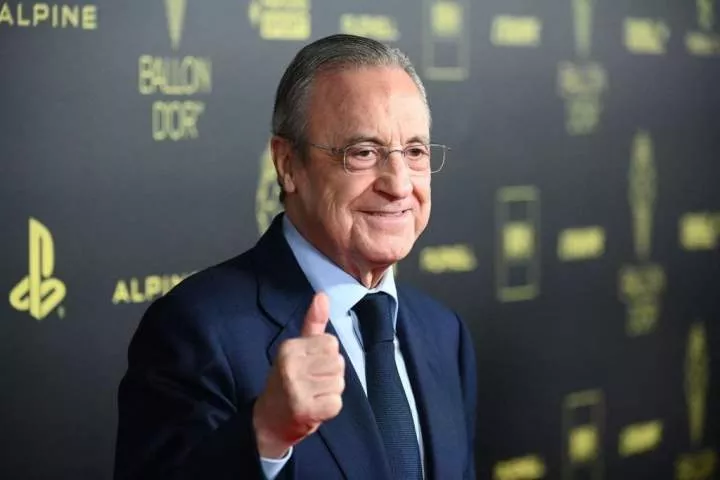
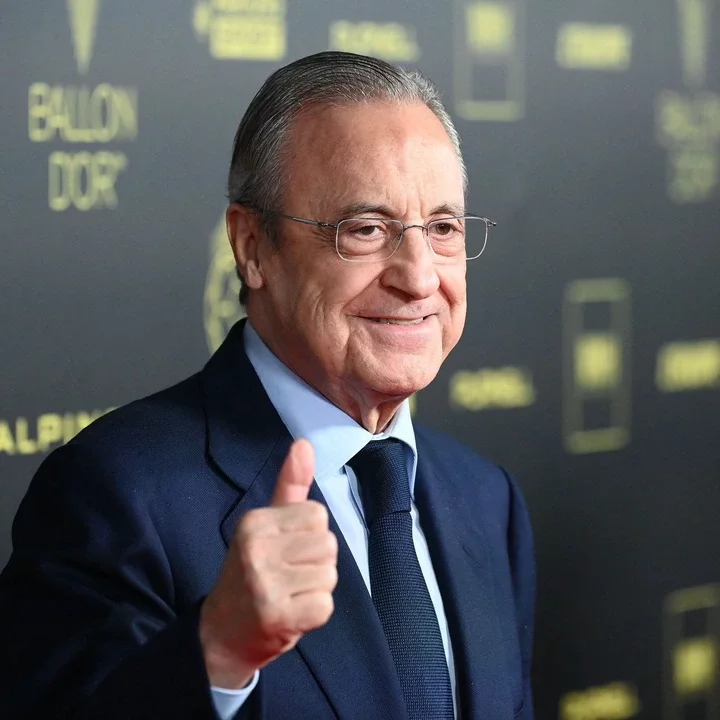
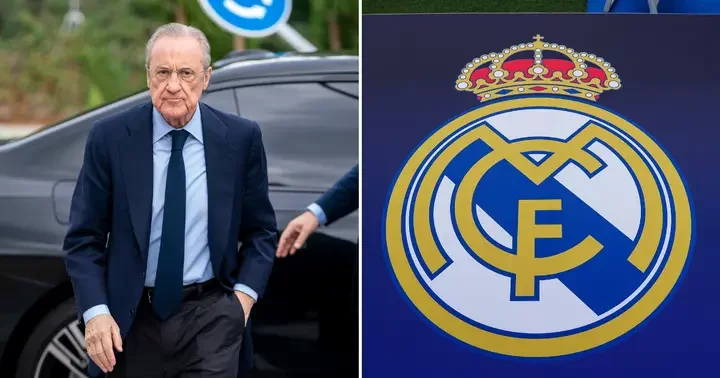
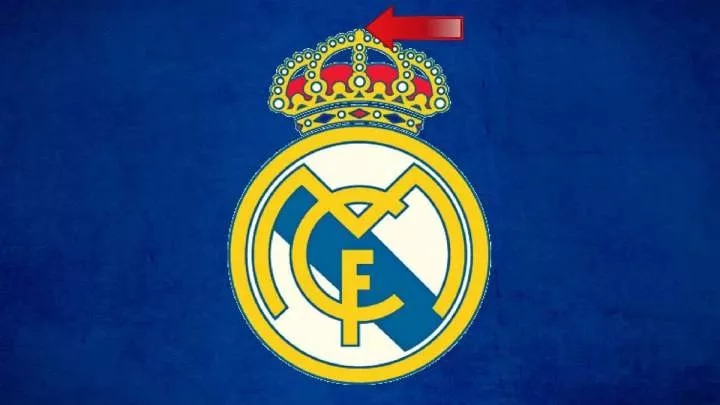
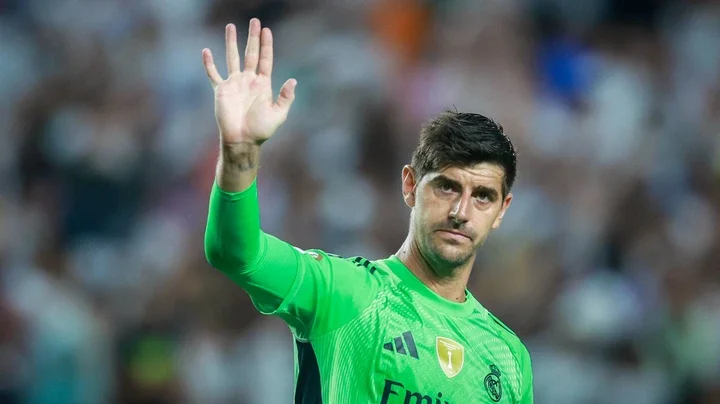
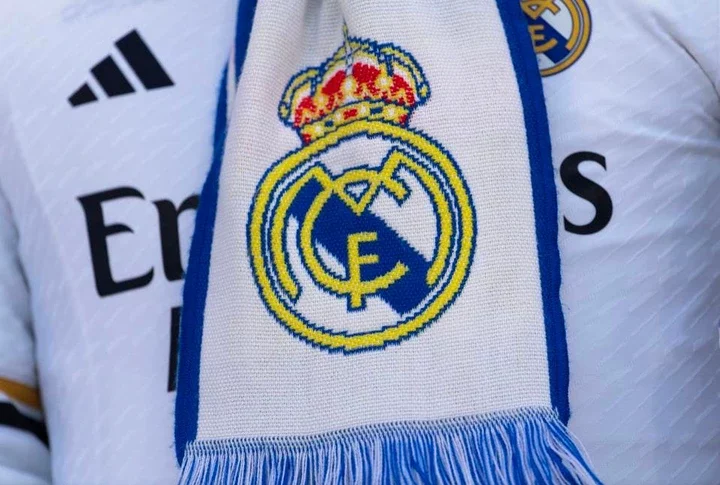

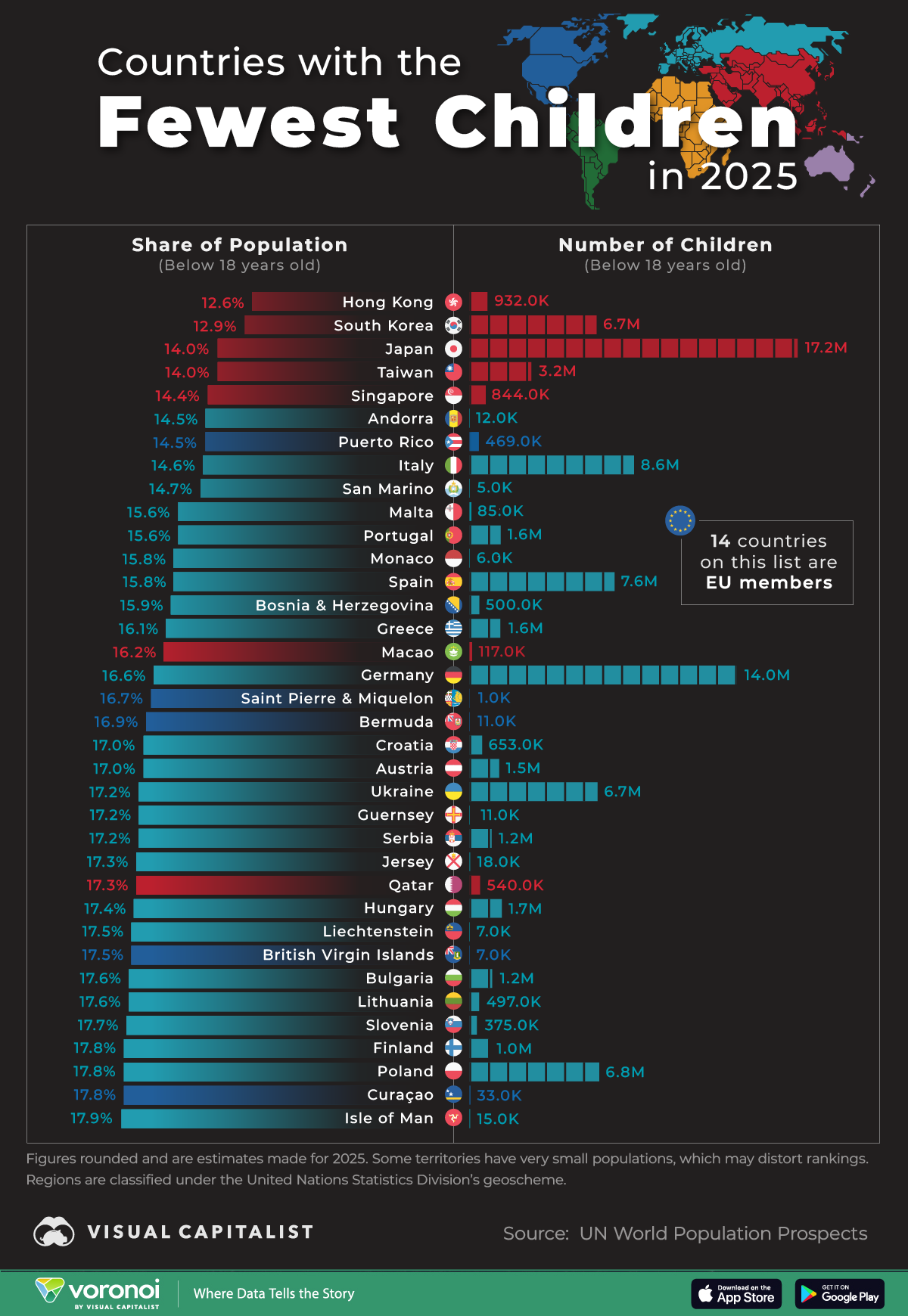



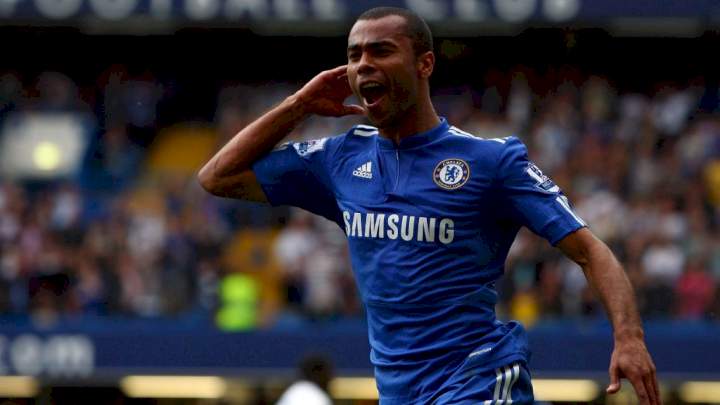




Comments